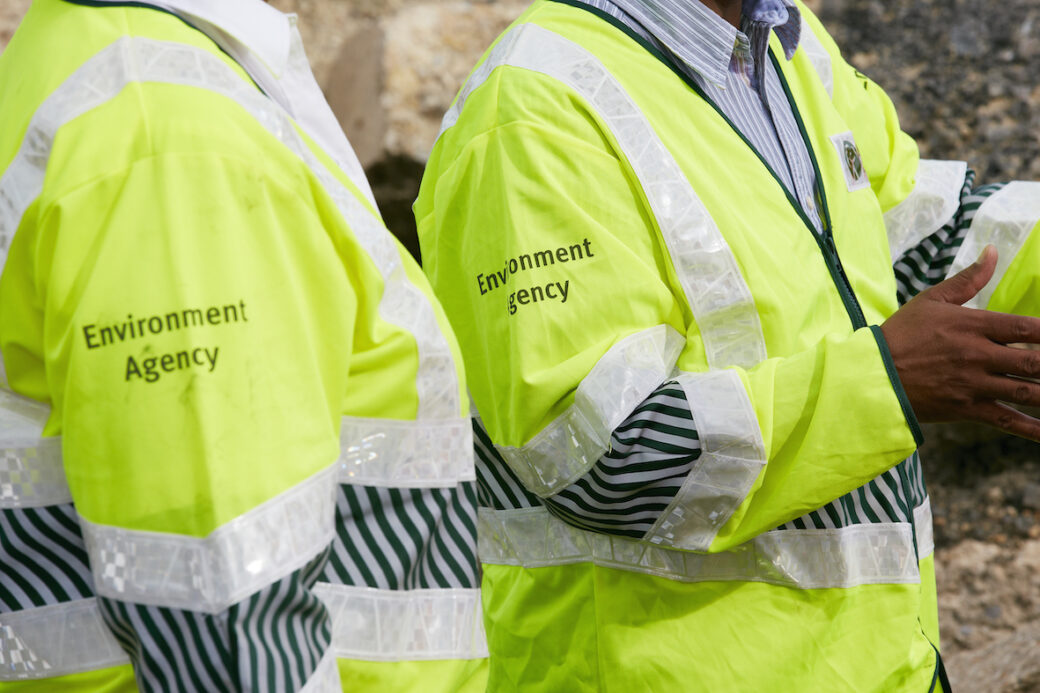If you’re responsible for gathering packaging data and find the process complex and overwhelming, you’re not alone. Many producers are still grappling with how to source accurate Recyclability Assessment Methodology (RAM) information, particularly those managing large product portfolios, overseas suppliers or intricate supply chains.
Sourcing missing RAM data has become one of the most common challenges since the new requirements were introduced. Below, we’ll outline practical steps to identify and fill data gaps, build a more reliable long-term process, and explain how Clarity’s expert Data Services and RAM Assess platform can help reduce costs, save time and improve reporting accuracy.
What RAM data do you need?
The starting point for every producer is to identify which packaging materials you place on the market. The eight government categories are:
- Paper and board
- Fibre-based composites
- Plastics – rigid and flexible
- Steel
- Aluminium
- Glass
- Wood
- Other
Accurate classification is critical. Many materials are composites or contain additives that alter their recyclability profile. For example:
- A carbon black cardboard tray is not 100% paper, as it contains dye
- An aluminium container may include non-aluminium substances
- A painted glass jar might be 98% glass and 2% paint
Each component must be reported separately in RAM, alongside the tonnage data already required under EPR.
How to gather RAM data
For most producers, the packaging specifications needed for RAM can only be provided by external suppliers. This can create challenges when:
- Components come from multiple suppliers
- Suppliers are overseas and unfamiliar with UK EPR rules
- Data must be consolidated at scale with a high degree of accuracy
Practical steps to improve data collection:
- Contact suppliers directly – Request detailed packaging specifications, including composition and weights.
- Use standard templates – Clarity provides a comprehensive RAM template that suppliers can complete directly, or alternatively, you can send suppliers the component-specific questions.
- Streamline suppliers – If possible, reduce the number of packaging suppliers you source from to simplify the process.
- Leverage expert support – Clarity’s Data Services team work with hundreds of producers to manage large datasets, resolve overseas supplier challenges and interpret complex specifications.
Once collected, the data can be uploaded into RAM Assess – Clarity’s purpose-built software platform that enables faster, more accurate and more insightful reporting. It automatically calculates recyclability scores at component level, highlights missing information and forecasts potential cost impacts.
With RAM Assess, producers can:
- Identify and resolve data gaps before they default to Red
- Visualise recyclability performance across every packaging line
- Forecast and track cost savings from improved packaging decisions
How to futureproof RAM reporting
The key to consistent, accurate RAM reporting lies in embedding good practices now.
- Include data requirements in supplier contracts – Ensure obligations are clear from the outset.
- Engage early with supplier stakeholders – Open communication helps avoid last-minute issues.
- Reduce complexity if possible – Fewer suppliers equals fewer data gaps.
- Plan for increasing requirements – Global packaging regulations demand more detailed data every year, making structured reporting essential for both compliance and sustainability targets.
By putting these steps in place, you can minimise the risk of missing data, avoid costly errors and maintain compliance confidence.






